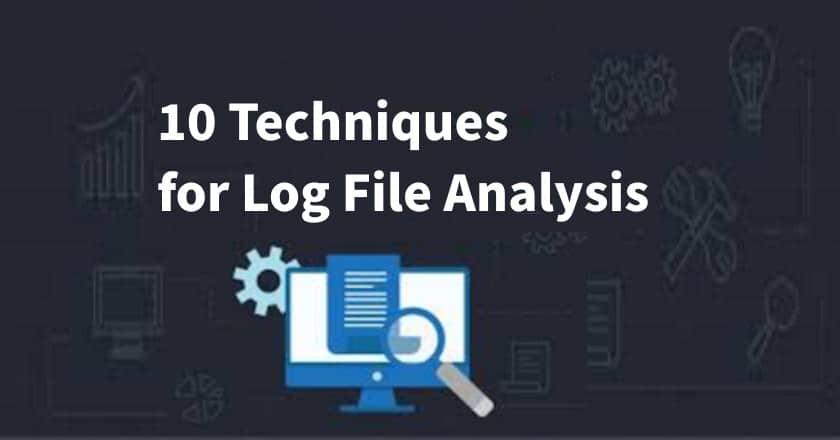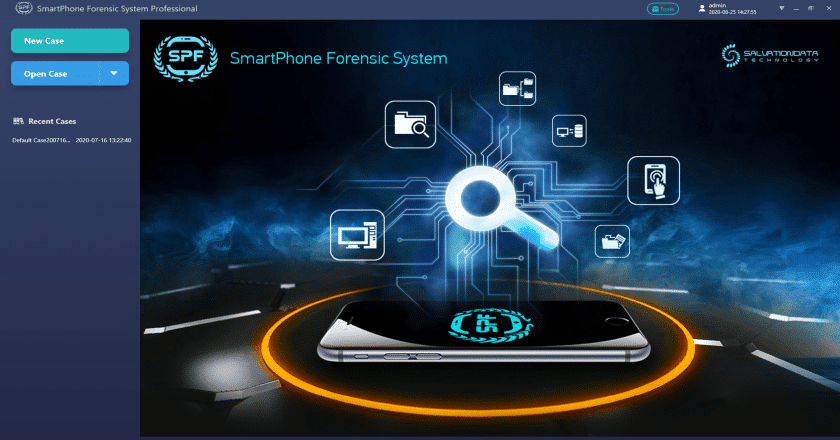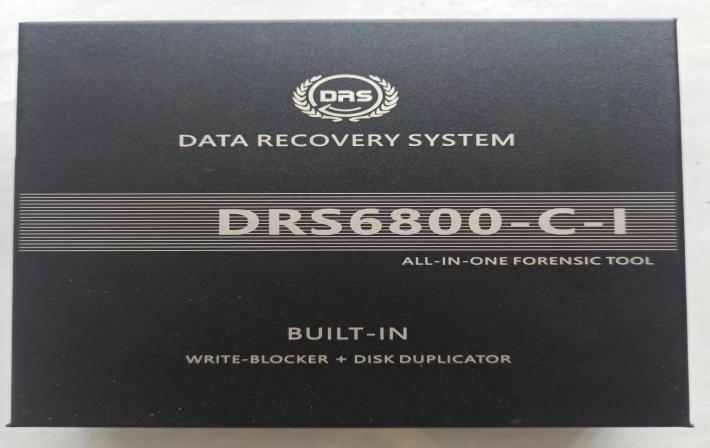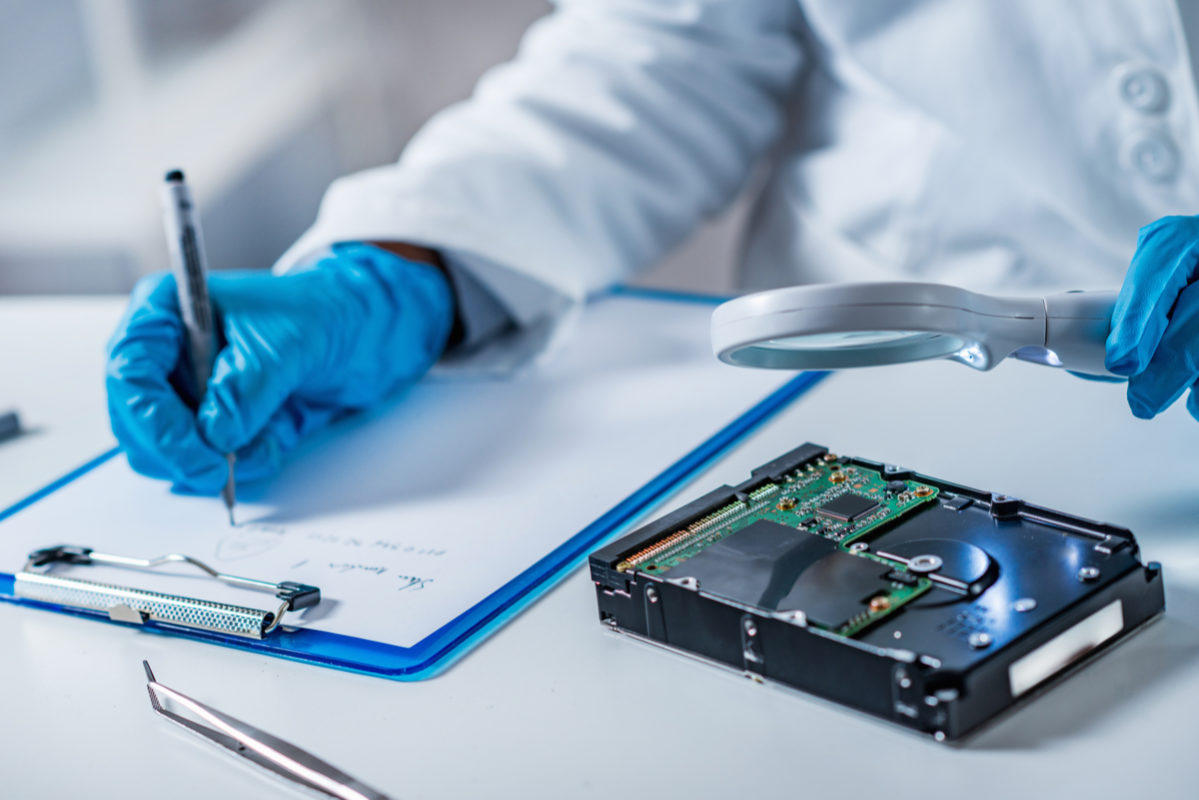An essential part of digital forensics is log file analysis, which offers information on user behavior, system activity, and possible security occurrences. Investigators can track activities, find illegal access, and reconstruct events in a digital setting by looking through log files.Finding evidence, comprehending assault trends, and assisting with cybersecurity initiatives all depend on this procedure. Beyond just storing records, log files play a crucial function in revealing important information that supports digital investigations and contributes to data integrity. Therefore, it is crucial for specialists in the industry to learn log file analysis procedures.
10 Techniques for Log File Analysis in Digital Forensics

-
Content
- Technique 1: Data Collection
- Technique 2: Log Parsing
- Technique 3: Event Correlation
- Technique 4: Timeline Construction
- Technique 5: Anomaly Detection
- Technique 6: Keyword Search
- Technique 7: Automated Analysis Tools
- Technique 8: Visual Data Representation
- Technique 9: Reporting Findings
- Technique 10: Continuous Monitoring
- Conclusion
-
Content
- Technique 1: Data Collection
- Technique 2: Log Parsing
- Technique 3: Event Correlation
- Technique 4: Timeline Construction
- Technique 5: Anomaly Detection
- Technique 6: Keyword Search
- Technique 7: Automated Analysis Tools
- Technique 8: Visual Data Representation
- Technique 9: Reporting Findings
- Technique 10: Continuous Monitoring
- Conclusion
Technique 1: Data Collection
Data collection is the first crucial step in log file analysis, setting the foundation for a thorough forensic investigation. Gathering log files from multiple sources allows investigators to build a comprehensive view of system events and user actions.
1. Methods for Gathering Log Files
A variety of sources, including as servers, network equipment, and security systems, can produce log files. Secure file transfers, direct system access, or the use of specialized programs to compile logs from several sources are examples of common collection techniques. Every technique guarantees that logs are gathered in a manner that maintains their accuracy and comprehensiveness.
2. Importance of Maintaining Integrity During Collection
It is crucial to preserve the integrity of log files while they are being collected. This entails making sure all logs remain in their original state and use safe techniques to prevent manipulation. The need of secure handling at every stage is highlighted by the fact that any compromise to log integrity might lead to erroneous analysis and affect the validity of the evidence in an inquiry.
Technique 2: Log Parsing
Log parsing is essential for transforming raw log data into a readable format, making it easier to identify crucial details. This technique helps digital forensics experts isolate specific data points, turning vast amounts of data into actionable insights.
1. Top Tools and Methods for Parsing Log Files
Several tools simplify the parsing process. Logstash is a widely-used open-source tool that filters and formats logs for easy analysis, while Splunk offers robust log management capabilities, automatically parsing data for real-time insights. These tools allow for efficient filtering and transformation of raw log entries into meaningful information.
2. Identifying Relevant Data Points
Once parsed, the focus shifts to identifying key data points. This includes timestamps, IP addresses, user actions, and error codes, which collectively help in reconstructing events. Highlighting relevant information aids investigators in tracking user activities, detecting anomalies, and validating findings, thus strengthening the overall forensic analysis.
Technique 3: Event Correlation
Event correlation is a powerful technique in log file analysis that connects related events from multiple sources, providing a cohesive view of system activities. This approach enhances the depth and accuracy of digital forensic investigations.
1. Techniques to Correlate Events Across Multiple Log Sources
It takes certain methods and resources to correlate events across different log sources. Automatic correlation is made possible by SIEM (Security Information and Event Management) systems, such as Splunk and QRadar, which link events based on timestamps, IP addresses, and user actions. Patterns and sequences that could otherwise go overlooked in isolated data are revealed by this log cross-referencing.
2. Importance of Context in Analysis
In order for investigators to comprehend the relevance of each event, context is essential in event correlation. An solitary login attempt, for instance, can appear innocuous, but when combined with several unsuccessful attempts, it may point to a possible attack. Forensic analysts are better able to understand security issues and draw more educated judgments by looking at events in their complete context.
Technique 4: Timeline Construction
In digital forensics, creating a timeline from log data is a crucial approach that enables investigators to chart the chronology of events and spot important trends across time. The who, what, and when of happenings are made clear by a well-organized timeline.
1. Steps to Create a Timeline of Events
Creating a timeline begins with data extraction, pulling essential details such as timestamps, user actions, and system responses from logs. Once extracted, this information is organized chronologically, highlighting key activities. Cross-referencing events from various log sources adds depth, helping analysts understand how incidents unfolded and uncover hidden connections within the data.
2. Top Tools for Timeline Generation
SalvationDATA’s SPF Pro provides forensic analysis-specific capability for effective timeline generation, and Autopsy is another useful tool that makes timeline creation and visualization easier. By streamlining the procedure, these tools let forensic specialists create thorough timelines more rapidly, which is essential for precise event reconstruction.
Technique 5: Anomaly Detection
Finding odd patterns or behaviors in log files is essential for anomaly detection, which frequently indicates possible security problems or questionable activity. By identifying anomalies, investigators can concentrate on incidents that might link to malicious activity or system breaches.
1. Identifying Unusual Patterns or Behaviors in Logs
Unexpected increases in user activity, illegal access attempts, or erratic data transfers are common ways that anomalies in logs manifest. By establishing baseline patterns for typical behavior, analysts are able to identify outliers that might need further examination. By enabling early threat identification, these insights aid in averting damage or data loss.
2. Top Tools and Techniques for Anomaly Detection
Anomaly detection is often aided by tools such as Splunk and ELK Stack (Elasticsearch, Logstash, and Kibana). The ELK Stack is renowned for its open-source features that allow for in-depth, customisable analysis, while Splunk’s machine learning capabilities make it incredibly effective at spotting unusual patterns in large datasets. Because they enable forensic experts to efficiently identify anomalies, these technologies are crucial for comprehensive log analysis.
Technique 6: Keyword Search
Keyword search is a foundational method in log file analysis, enabling forensic experts to locate specific entries quickly. By using targeted keywords, investigators can filter vast amounts of data and focus on entries that are directly relevant to the case at hand.
1. Using Keyword Searches to Find Relevant Entries
Keyword searches aid in the discovery of important data in forensic investigations, including IP addresses, error codes, and login attempts. In complicated circumstances, these entries frequently highlight important activities and aid in making connections. Analysts can isolate particular incidents without having to manually sort through large amounts of log data by using well-defined keywords.
2. Effective Search Strategies for Log Data
Using wildcard characters to catch keyword variations and combining numerous queries for more accurate results are examples of effective search tactics. Searching for “failed login” in conjunction with a certain IP address, for example, can help identify questionable activity. Investigators can do quick and thorough keyword searches thanks to sophisticated tools like Splunk for enterprise log analysis and GREP for Linux environments, which further improve search efficiency.
Technique 7: Automated Analysis Tools
In order for forensic specialists to effectively handle massive amounts of data, automated techniques are essential to log file analysis. These technologies speed up the process of identifying important events, anomalies, and trends by automating repetitive operations.
1. What is Log File Analysisand Why is it Important?
Knowing what log file analysis is is crucial for people who are new to the field. It entails reviewing log data to learn more about user behavior and system activity, which is essential for identifying security breaches. Log file analysis aids thorough investigations and offers an organized method for comprehending incidents in digital forensics.
2. Top Digital Forensic Tools for Automated Analysis
Several digital forensic tools assist in automating log analysis. SPF Pro and DRS from SalvationDATA are highly effective; SPF Pro specializes in log parsing and timeline construction, while DRS enhances data visualization, making it easier to detect patterns and anomalies.
Additionally, dfir tools (Digital Forensics and Incident Response) like Splunk and Graylog assist in compiling dfir reports and cross-referencing multiple log sources. Many professionals rely on log file analysis open source tools, such as the ELK Stack, for customizable and budget-friendly forensic solutions. Together, these tools streamline investigations, making them indispensable in modern digital forensics.
Technique 8: Visual Data Representation
Visualizing log data is a powerful technique in digital forensics that transforms complex information into easily understandable visuals. By representing log data visually, analysts can spot patterns, trends, and anomalies more effectively, leading to quicker insights and more accurate conclusions.
1. Importance of Visualizing Log Data
Investigators can more easily spot odd patterns that could otherwise go overlooked in raw log files when they can visually view data trends and connections. Because important events, such unauthorized access or system faults, are more obvious in visual representations, decisions can be made more quickly. Forensic analysts will be able to spot security incidents more quickly and gain a better picture of the system’s overall behavior as a result.
2. Tools for Creating Visual Representations
Tableau and DRS from SalvationDATA are two well-liked programs for displaying log data. Investigators can generate timelines and graphs that emphasize important events using the customized visuals that DRS offers for digital forensics. With its many customization options, Tableau which is used extensively across industries allows forensic specialists to create interactive dashboards and charts that are excellent for data-driven insights. When combined, these techniques improve the visual interpretation of log data, which makes them essential for contemporary forensic investigations.
Technique 9: Reporting Findings
Reporting is a critical phase in log file analysis, transforming raw data and analytical insights into a structured format for stakeholders. Well-documented findings not only strengthen forensic investigations but also provide clear, actionable information for decision-makers.
1. Best Practices for Documenting Analysis Results
For log analysis documentation to be effective, accuracy and consistency are necessary. Start by arranging your results logically, usually according to the chronology of occurrences. To draw attention to important episodes and data points, use concise headlines, bullet points, and images. Giving readers background information on each log entry guarantees they comprehend the significance of every discovery. Standardized formats also improve readability and make it simpler for analysts in the future to follow your procedure.
2. Importance of Clarity and Detail in Reporting
In forensic reporting, precision and clarity are crucial. To prevent misunderstandings, each log item, abnormality, and pattern must be precisely explained. In-depth reports offer a comprehensive record that can support legal actions if necessary and aid in substantiating the investigation’s findings. In addition to enhancing the results’ credibility, a well-written report empowers stakeholders to make well-informed decisions on incident response and security measures.
Technique 10: Continuous Monitoring
In digital forensics, continuous monitoring is a proactive strategy that guarantees log data is continuously examined to identify dangers as they materialize. Establishing a system for ongoing log analysis enables firms to spot and handle questionable activity before it develops into a major crisis.
1. Establishing Ongoing Log Analysis for Proactive Security
Implementing continuous monitoring involves setting up automated systems to regularly check for anomalies, unusual access patterns, and security events. This approach not only strengthens defense mechanisms but also supports faster incident response. Continuous analysis of log files, paired with forensic data analysis tools, enables security teams to stay vigilant against evolving threats.
2. Top Tools and Techniques for Continuous Log Monitoring
Nagios and Splunk are two good tools for ongoing monitoring. Nagios provides network systems with real-time monitoring and alerting, enabling the early identification of problems. Splunk, a well-known tool in the field of digital forensics, is perfect for continuous log analysis since it combines automatic reporting with sophisticated log management. When combined, these tools enable forensic analysts to keep a current perspective on system activities and improve security posture by being vigilant all the time.
Conclusion
Mastering log file analysis tools is essential for digital forensics professionals aiming to secure systems and uncover critical evidence. The techniques discussed, from data collection and anomaly detection to continuous monitoring, provide a structured approach to analyzing log data effectively.
Analysts may improve workflows and obtain insightful information by utilizing open-source log file analysis tools like ELK Stack in conjunction with SalvationDATA’s SPF Pro and DRS. In the end, comprehensive log analysis improves investigative skills and fortifies security posture, making it an essential competency in today’s cybersecurity environment. Adopting these techniques guarantees a thorough, proactive approach to digital forensics.






